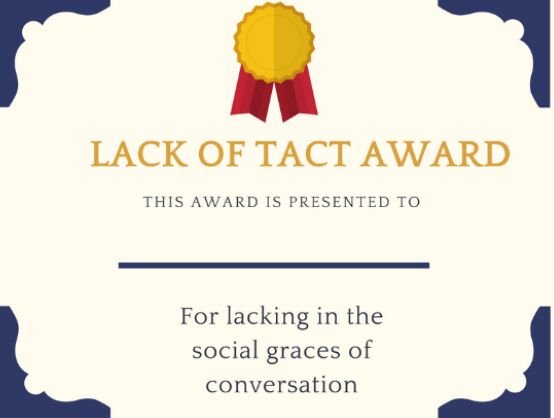 REFLECT ON MISTAKES TO FIND SUCCESS
REFLECT ON MISTAKES TO FIND SUCCESS
Coach your team to learn from failure and bounce back faster with greater resolve.
After many years of researching on human behavior and working with teams and leaders, I came to discovered that people learn best not necessarily from success alone, but failures as well.
When an individual or a team fail, the emotion associated with it is much heavier than the emotion associated with success. This is because when one fails, we reflect. I called the hard truth reflection, which creates depth to the failed experience. We not only learned the lessons but we remember it deeply because there is a depth to it.
My model of “The Four What”, can help a team to learn from failure and bounce back faster with greater resolve.
WHAT HAPPENED?
When a plan failed, and did not go the way the team wants it to, the first thing a team coach need to ask firmly without any sugar-coating is, “What happen?”
The emphasis should be on the situation, not the people. The coach needs to be highly objective on the situation and not get personal. For example, if the situation went south because someone did or didn’t do something, the coach should first assess what led to the person’s action.
Could it be a lack of communication or system blunder? It is important to first evaluate the environment before dealing with the behavior, and not jump to the conclusion that it is the people’s fault.
WHAT SHOULD HAVE HAPPENED?
The team coach or leader need to facilitate with his team a clear, precise and most desired scenario of what should have happened.
This allow the team to channel their energy towards focusing on the solution and desired outcome, and move away from pointing fingers A successful team coach would consciously paint the right and useful scenario to pace and lead his team members towards it.
WHAT DID NOT HAPPEN?
With a clear picture of what the team should have done and the desired outcome in mind, this is where the team coach and members need to assess the missing equation. If we require 2 + 1 = 3, and the number 1 is missing, you need to understand what led to the 1 being left out of the equation, and not debate about why the answer is not 3.
WHAT SHOULD HAPPEN NEXT TIME?
It is highly important to reinforce the step and action to fill in the missing number 1 in the equation. To prevent people from blaming one another. the team coach can introduce an additional small, fun and humorous step to trigger the necessary action, like calling or labeling the missing behavior or action as “Big 1”. Using the Big 1 to communicate, people can remember it better with a tinge of humor.
Team coaching does not need to be highly complicated. A consistent reminder with a focus on the desired outcome and then, the behavior, will allow the team to rebound faster.
Most importantly, success comes only when behavior can shift toward betterment.

